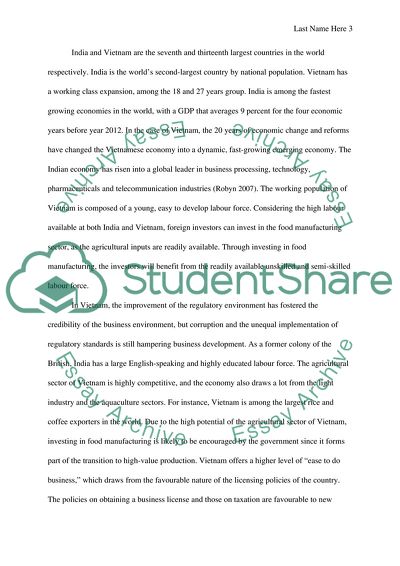Cite this document
(Macro economic indicators of India and Vietnam Essay, n.d.)
Macro economic indicators of India and Vietnam Essay. https://studentshare.org/macro-microeconomics/1799406-macro-economic-indicators-of-india-and-vietnam
Macro economic indicators of India and Vietnam Essay. https://studentshare.org/macro-microeconomics/1799406-macro-economic-indicators-of-india-and-vietnam
(Macro Economic Indicators of India and Vietnam Essay)
Macro Economic Indicators of India and Vietnam Essay. https://studentshare.org/macro-microeconomics/1799406-macro-economic-indicators-of-india-and-vietnam.
Macro Economic Indicators of India and Vietnam Essay. https://studentshare.org/macro-microeconomics/1799406-macro-economic-indicators-of-india-and-vietnam.
“Macro Economic Indicators of India and Vietnam Essay”. https://studentshare.org/macro-microeconomics/1799406-macro-economic-indicators-of-india-and-vietnam.


